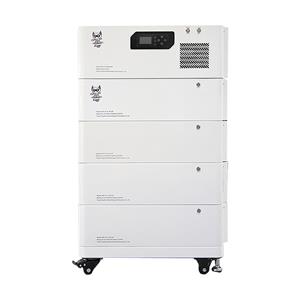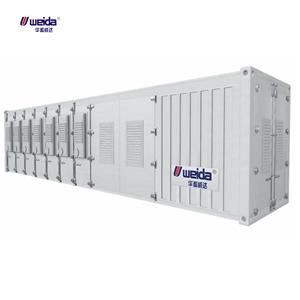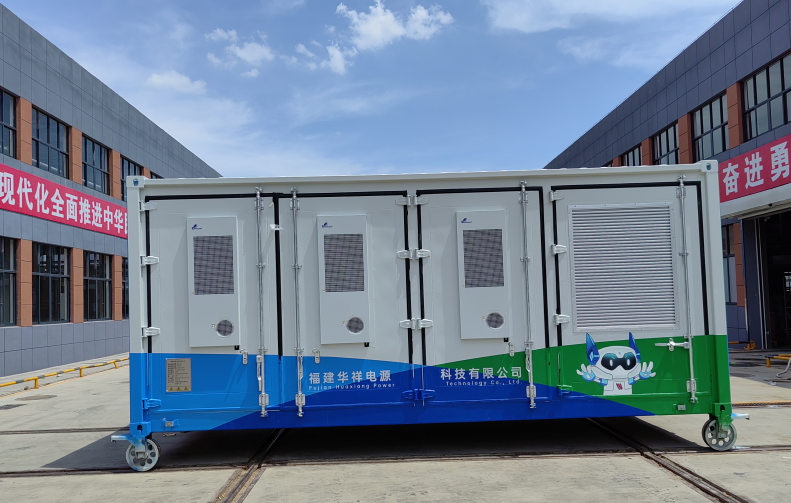Electricity auxiliary service Commercial and industrial energy storage
Commercial and industrial energy storage Demand response is the use of government funds or grid marketing costs, auxiliary service is to participate in the power generation side of the market transactions, different sources of funding.

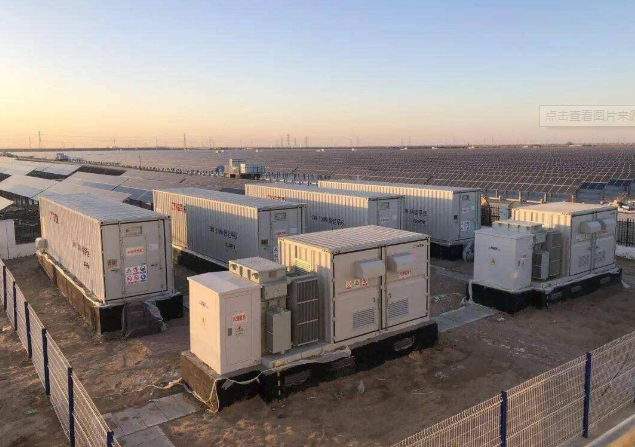
The essence of auxiliary services is to maintain the balance of the system by regulating the supply and demand of electricity in the power grid, specifically for the maintenance of safe and stable operation of the power system required services, the broad concept includes basic services and paid services, generally refers to paid services, including: peak shifting, AGC frequency regulation, reactive power regulation, automatic voltage control, rotating standby, black start and so on. At present, frequency regulation and peaking auxiliary services have established a relatively perfect market mechanism.
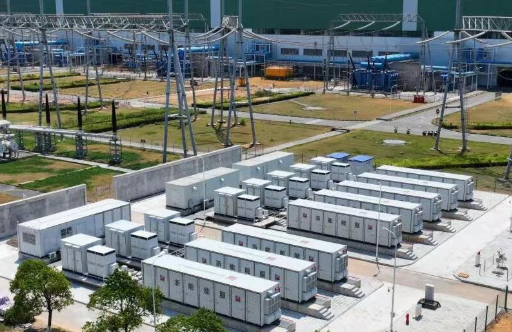
The development of the UK auxiliary services market is closely linked to the reform of the UK power market. Since the reform of the British power market began in 1990, the British National Grid began to carry out auxiliary services related transactions in England and Wales in the same year. At that time, the varieties of auxiliary services mainly included frequency response, reactive power services and commercial services. Subsequently, in 2001, the UK electricity market shifted from the POOL model, which is a mandatory generation-side competitive market with all-electricity bidding, to the New Electricity Trading Arrangement (NETA) model, which is based on bilateral trading and voluntary participation of market players.
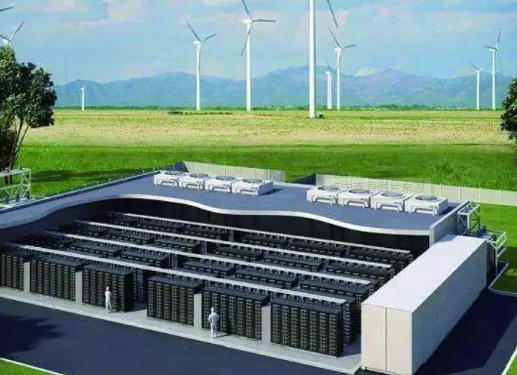
The UK is set to fast-track wind and light new energy construction and grid integration in order to achieve the 2050 decarbonization target, and renewable energy penetration is set to rise. This will recreate or even exacerbate the operational challenges faced during the 2020 epidemic blockade in the coming decades. National Grid and Imperial College London have predicted the future challenges the UK could face in meeting its zero carbon emissions target through frequency guaranteed dispatch model simulations. By 2030, the share of UK ancillary services in total system operating costs will increase from 2% in 2015 to 15%.

